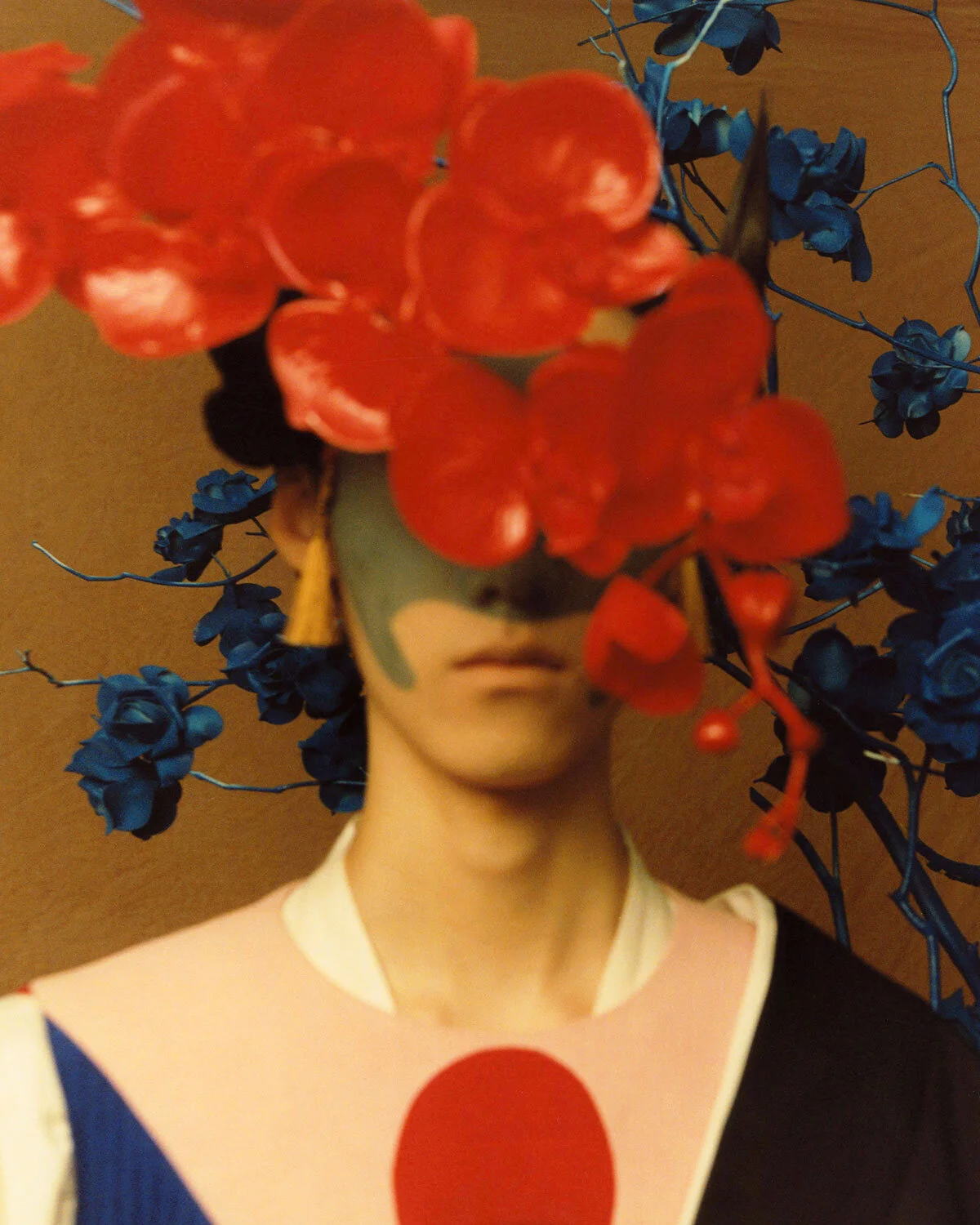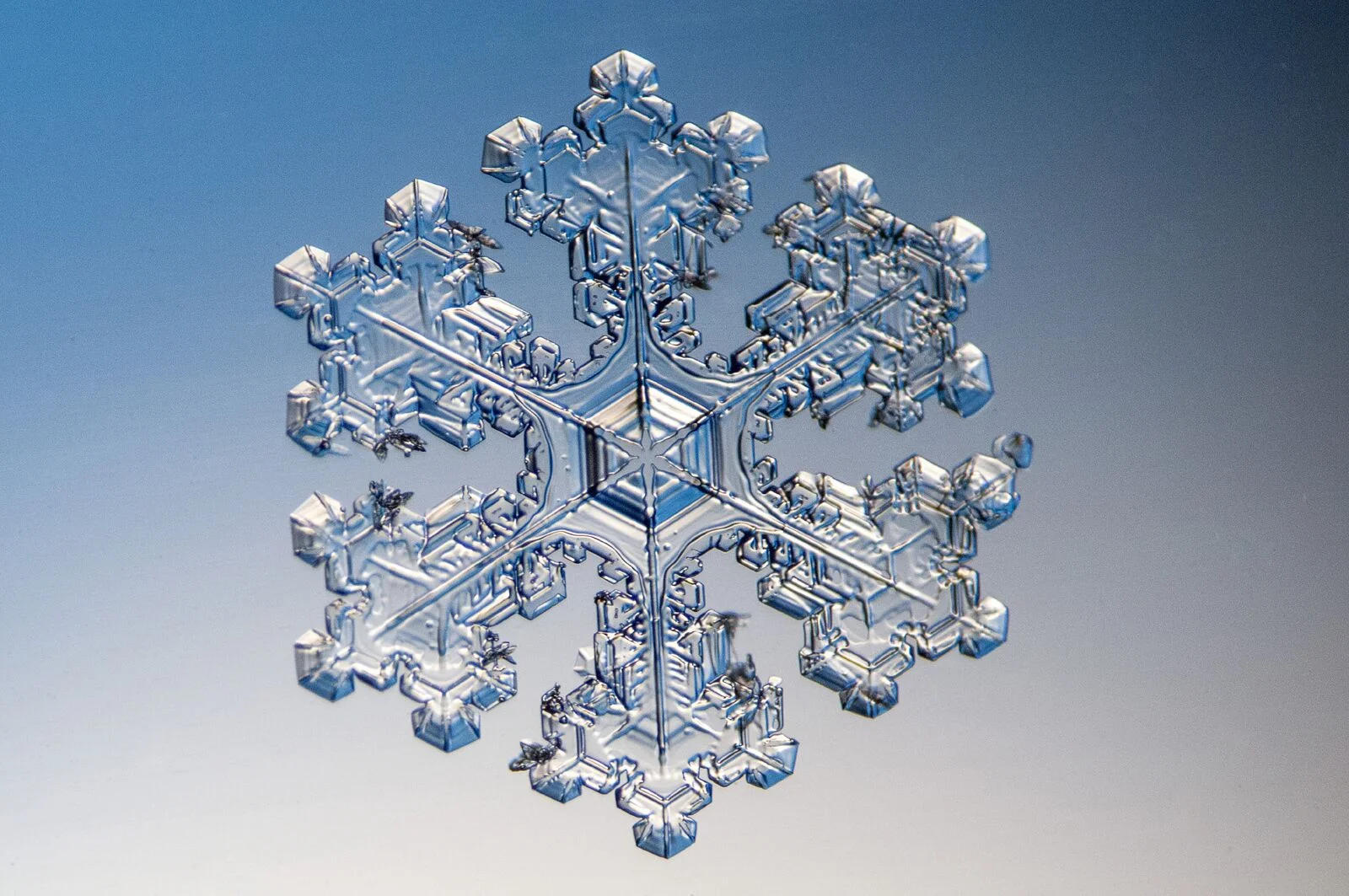Michael Kenna's Buddha: A Spiritual Photography Guide
Buddha Mudra, Gwaneumsa Temple, Jeju, South Korea, 2012
Interview by Chloe Tai
Musée Magazine had the incredible opportunity to talk with Kenna about his new book, Buddha, available August 25. Photos in the book traverse a long period of time, from 1987 to as recent as 2019, depicting a wide range of Buddha statues across Asia. It is only fitting that countries such as Japan, South Korea, Hong Kong, Laos, and Cambodia, with their history steeped in Buddhist origins, are all featured. As Buddha said, “If anything is worth doing, do it with all your heart.” With page after page of black and white, carefully curated photographs, it becomes apparent that Kenna follows this philosophy.
What inspired you to dedicate a whole book to Buddha?
In my younger days, as soon as I was old enough, I became an altar boy at my local Catholic church of Saint Bede’s in Widnes, England. At the age of ten, my most fervent wish, other than to become a rugby league player, was to be a priest myself, so that I could continue to explore the mysterious rituals embedded in the Catholic religion. For various reasons, which is a whole other story, I did not become a priest, I chose instead the path of an artist.
In 1987, I visited Tokyo for an exhibition opening of my photographic work. I subsequently traveled on to Kyoto and Nara to photograph. This is when I first experienced Buddhist temples and Shinto shrines. I was immediately mesmerized by the complex and imaginative statuary and imagery, particularly the enormous Vairocana Buddha in the Tōdai-ji temple complex in Nara. There was something so powerful, awe-inspiring, and, yet, calmly peaceful and serene about this massive Buddha, and it kindled a catalyst of immense curiosity in me. Up to this point, I had been indifferent and quite ignorant about Buddhism. I felt the need to educate myself. Over the following years when I revisited Japan, I sought out temples, shrines, and museums which had Buddhist content. They touched a certain note in my being, and I was captivated. I began to read about Siddhartha Gautama and the origins of Buddhism, and I continued to photograph.
Tree and Slippers, Woljeongsa Temple, Gangwondo, South Korea, 2005
In 2003, I made the month-long birthday pilgrimage in Shikoku. I did not know what to expect, but it turned out to be a memorable and deeply-felt experience. Since then, I have had the good fortune to participate in comparable retreats with Benedictine monks at Mont Saint Michel in France and Buddhist monks in Koyasan, Japan. The experiences were remarkably similar—simple food and accommodations, no talking, attendance at services required, and chanting with the monks highly encouraged, yet still optional.
From Japan, I ventured to China, Hong Kong, and Korea, primarily to photograph landscapes and cityscapes, yet I couldn’t resist visiting and photographing in Buddhist temples during those travels. Later, I also photographed Buddhas in Cambodia, Laos, Myanmar, Thailand, and Vietnam. The idea to compile the studies into a book only came about recently, and the stimulus was a visit to The Guimet National Museum of Asian Arts in Paris which has an astonishing collection of Asian artifacts. I was graciously given permission to photograph there, enabling me to add imagery from countries such as Afghanistan, India, Nepal, Pakistan, and Tibet which happily complimented my own collection of photographs.
Since documenting this series, have you come to develop a new understanding and appreciation of Buddha/Buddhism in relation to your work?
I think the progression of my photography of Buddhist imagery has run parallel with the development of my appreciation for Buddhism itself. I should state unequivocally that I am not an expert in Buddhism or Buddhist iconography. The group of images assembled in the book is a personal selection, not a comprehensive survey. The reaction each of us has when face to face with a Buddha is very personal. Feelings of serenity, calm, protection, acceptance, kindness, respect, reverence, curiosity, and/or enlightenment might be evoked, or not.
Kokdua Tree and Exposed Roots, Mekong River, Luang Prabang, Laos, 2015
What were your intentions in including photographs taken between such an extended period of time?
The photographs in this book range over three decades from 1987 to 2019. As previously mentioned, my interest in Buddhism goes back to my first visits to Japan in the eighties. However, the idea for the book only came about recently. I was able to both access images from my past negative files as well as photograph specifically for the book. I have always enjoyed mixing new images with the old. I see my life’s work as one big, happy family of images.
You've mentioned that photographing people in your images takes away from the viewer’s focus. Did you mean they distract from the spirituality and tranquility of the scene?
Some photographers focus more on people than environments, but I am not one of them. Generally, I prefer photographing before and after the performance. I relish the potential of a place, the atmosphere, and I try to portray that visually. I enjoy using my imagination to create stories and trace histories. I like to sense what has gone on and what will happen next. I suppose that I become more passive and entertained, and I listen to the performers more than myself. When I am photographing, I usually prefer my work to be without figures. I want viewers to be alone in the image. Being solitary evokes certain subjective feelings. I don’t control the experience; I just provide the environment.
White Buddha, Phuac Hoa Pagoda, Hue, Vietnam, 2019
How has identifying as a diurnal and nocturnal photographer affected your portrayal of Buddhist statues?
Being a diurnal and nocturnal photographer just means that I like to photograph at any and all times of the day and night. The nocturnal aspect has greatly helped my knowledge of long exposures in low light conditions. Buddhist statuary inside temples are often lit in subtle ways. Sometimes the inside of a temple is so dark that exposures can be up to ten minutes. Having said that, many Buddhas are outside, and I often work with the camera handheld.
How does your photographic approach to documenting Buddhist statues differ from when you photograph buildings or landscapes?
I cannot say that there is any great difference in how I approach Buddhist statuary and/or other subject matter. I regard myself as being a portrait photographer, no matter whether there is a building, landscape, or Buddha in front of me. I engage in quiet conversation with whatever I am photographing. I silently ask permission to make a portrait, and, hopefully, a collaboration is born. In the temples, I tried to be particularly humble and respectful, mindful of everybody around me who prayed there.
Check our more of Michael Kenna’s work from his website.
The new book Buddha can be purchased here.












